The oldest building left standing in Fort McMurray has been dismantled into hundreds of pieces for long needed repairs made more urgent after heavy water damage in the 2013 floods.
It took about a week for the Catholic Mission at Heritage Park to be meticulously dismantled and labelled before being shipped to B.C. for much-needed rehabilitation.
The dismantle rendered about 600 pieces, of which 250 were the primary structure. This included logs from the walls and timbers from the joists, rafters and collar ties.
The remaining pieces were interior cladding boards from above the Chancel and roof sarking, which are the rough-sawn boards that covered the rafters, said Gordon Macdonald, managing director of Macdonald and Lawrence Timber Framing Ltd., the company doing the work.
The 103-year old mission already needed repairs before the flood happened.
"(The flooding) made something that was very delicate and precarious just that much worse where it became urgent to fix it," he said.
Much of the damage is in the lower sections of these buildings, said Macdonald.
Water got into the foundation and the lower floors were hit hard.
He said a lot of water got into the lower logs so they need some work.
The flooding occurred when the neighbouring Hangingstone River breached its banks.
Given the mission is not only an important building to Fort McMurray, but also to the Province of Alberta, it has a very high value as a heritage asset, he explained.
As a result, it needs to be repaired to a high standard and that kind of work is very expensive.
"Its hundreds of thousands (of dollars) not tens," he said.
The only other significant additional expense is the cost of transporting the pieces between the two locations.
Because the road structure is so good, it’s not hard to find a truck that’s going south empty, said Macdonald.
"It’s one of the real advantages of Fort McMurray that I think people forget about: there’s always empty trucks heading south and this is where long distance transport on these fantastic roads is really possible."
Due to the nature of the damage and the repairs, the decision was made to dismantle the building; remove it to the company’s workshop where the work could be done indoors, protected from the elements.
There it will be fully reconstructed and repaired before being again dismantled, labelled and returned to the park.
The logs that were rotten will be replaced or repaired if there is enough left of them to be fixed.
"We start with the same species of wood (spruce) and we hand hew the two faces just like these logs were and we’ll scarf or join a new end onto the log," he said.
Hand hew is the old way of doing it.
"It’s a pretty small number of us who do this sort of conservation work worldwide. It’s not just in Canada that there aren’t very many of us, it’s globally."
Assuming that the civil engineering and ground works can be done on schedule, Macdonald hopes to have the Catholic Mission fully restored and back on its new foundation by the second week of October.
"The existing foundation will be destroyed because it’s not up to modern standards and also we’re taking advantage of the opportunity to raise the foundation and do some flood mitigation work so it’s not at risk in the future," Macdonald said.
"That mitigation is two-fold: increase the elevation and then to put it on the new foundation, which to cope in the extreme northern Alberta climate, will go very deep to get below the frost line. Helical screwpiles will also be used and the foundation will bear on those," he said.
Screwpiles are a steel screw-in piling and ground anchoring system used for building foundations.
Screwpiles are manufactured using varying sizes of tubular hollow sections for the pile or anchors shaft.
The piles are individually designed to suit the ground conditions on each specific site. The torques are recorded during installation to confirm that adequate capacity has been achieved.
"All of the new work will be hidden," he explained.
"It’s designed to be very discrete so what you’re presented on site at the museum here is the building as it should look with all the modern stuff out of sight."
Protecting historic buildings is fantastically important, stressed Macdonald.
He called it a tangible connection to the people and the harsh realities of the people who first pioneered this part of the world.
There isn’t a better way to really connect with that, especially for children, than to look at these simple buildings, he said.
Just imagine living in these things in the fierce cold 100 years ago, he added.
"One of the reasons we work so hard to save as much of the original parts of the building as possible is they contain information about the tools used, how they were used and it’s an insight into how the people worked; how they thought about buildings years ago," Macdonald said.
"It’s very different than how we do it today."
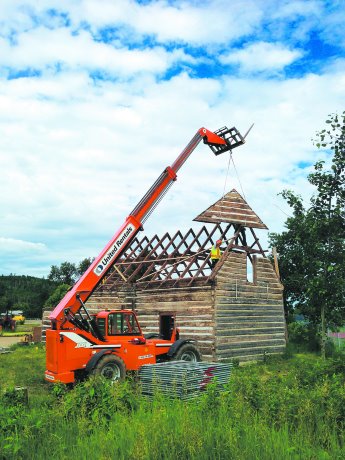
1/2
Macdonald and Lawrence Timber Framing Ltd.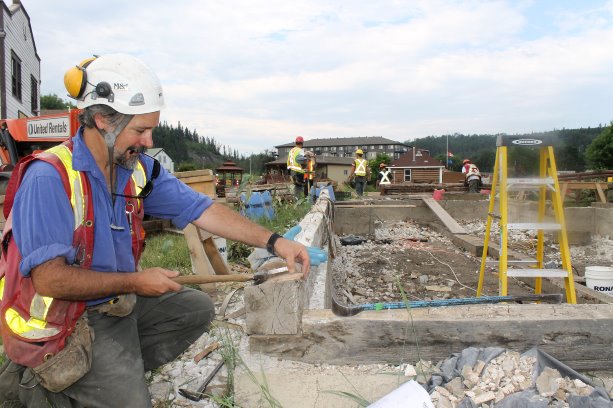


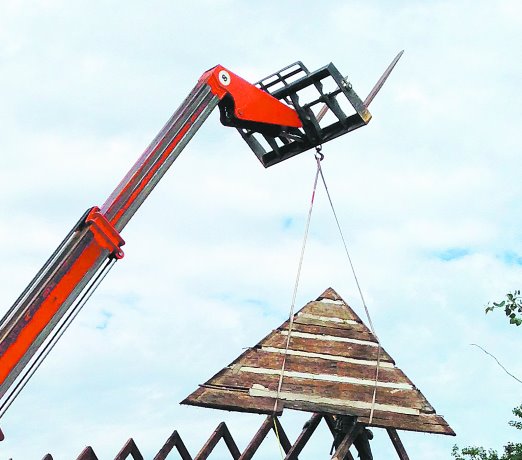
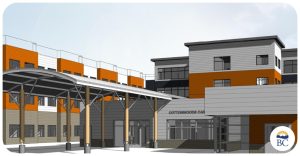
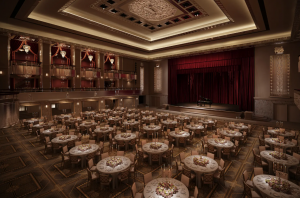
Recent Comments
comments for this post are closed